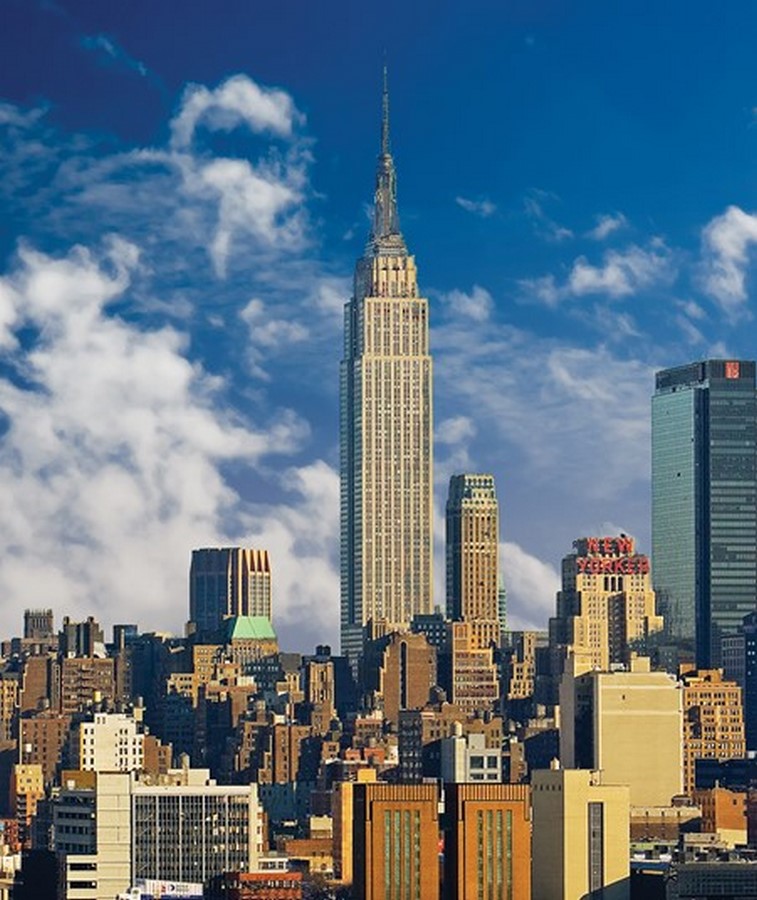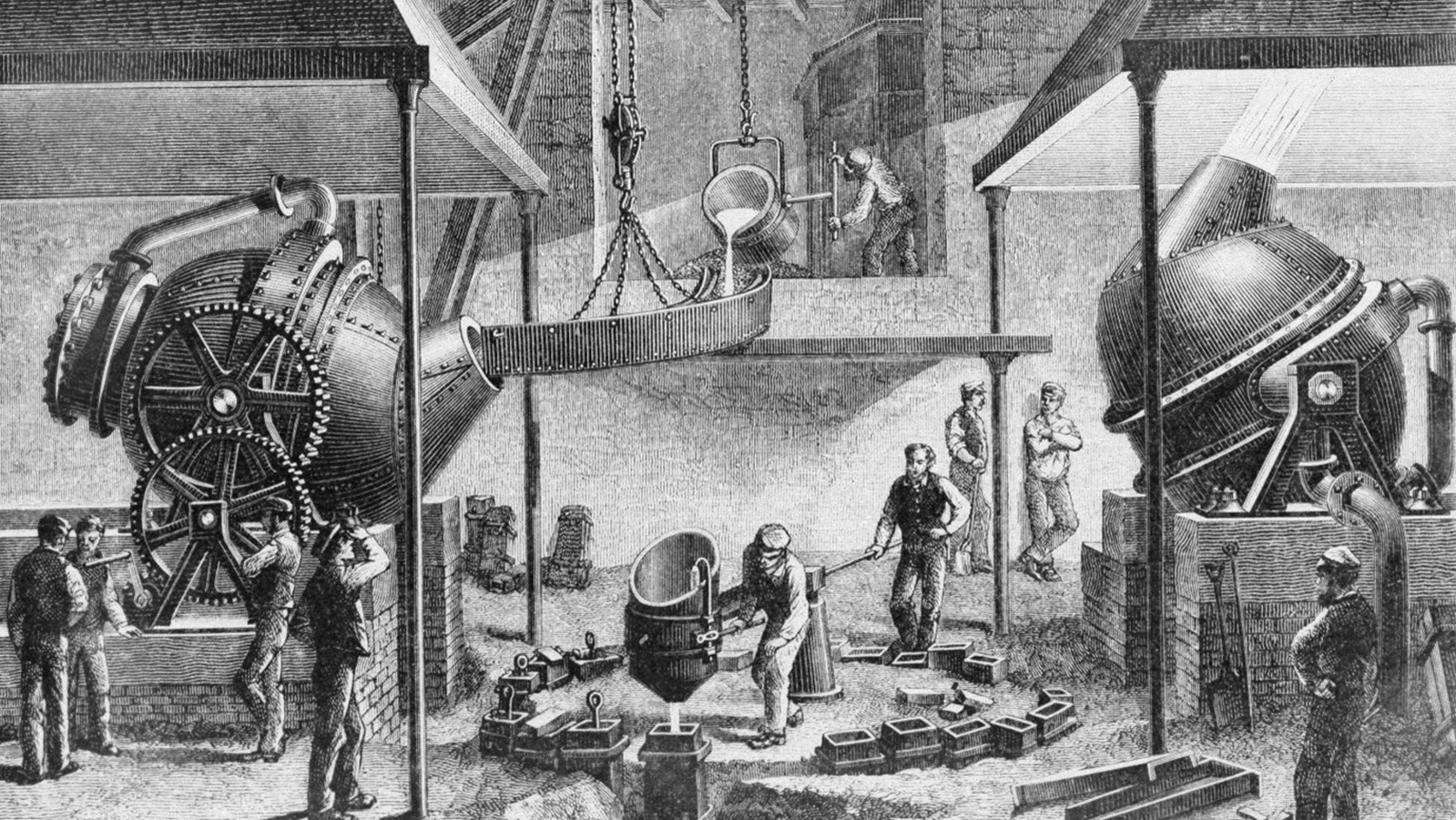Skyscrapers are the most prominent part of any major city’s skyline; through their height and distinctive envelope, they contribute to the capital’s identity. Skyscrapers, although formal in their appearance, are a symbol of progress encircling the global fabric. Skyscrapers are situated in dense urban environments for their ability to stop the city from undergoing urban sprawl. Up until recently, Skyscrapers distinct material profile of steel is the main structural component and the rest of the building utilises glass for transparency. This article will guide you through the past, present, and future of skyscrapers, broadening your understanding of the attitudes towards skyscrapers and how they have evolved.

Early Construction
The construction of skyscrapers started in the 1880s. The process of designing small buildings with limited storeys was common due to the constraint of mass production. Bessemer process made the ability to mass-produce steel possible. (Bellis, 2020) This made the act of manufacturing steel much simpler as well as cheaper. Bessemer’s discovery gave architects and engineers the confidence to expand their spatial ideas.

Although the challenges of acquiring materials were drastically reduced, there was still limitation regarding the height a building could adopt. George A. Fuller made it possible for the height of buildings to be decreased. He made the crucial discovery that height can be increased if the load-bearing structure is placed internally. Similarly, elevators were an important part of the development of skyscrapers as they allowed for swift movement between the buildings. This was an essential discovery as the highest floors would become uninhabitable.
Current Retrospect
Our understanding of skyscrapers has significantly increased to keep up with the demands of clients as well as the architects. Knowledge surrounding skyscrapers has grown due to the demand of clients and architects. Despite the hard work needed to construct the tall buildings, they have developed into an obstacle to our environment. The view towards skyscrapers has greatly shifted from admiration to condemnation. Skyscrapers are a massive contributor to greenhouse gas emissions. The designs use glazing as a façade that can be visually impactful when viewing outside but causes the building to easily overheat, thus more cooling needs to be provided. Tim Snelson, from Arup, states that taller buildings tend to take up 20% more energy for cooling and heating than a medium-sized building would. This is in addition to a large amount of embodied energy. Embodied energy is the energy used to manufacture and construct the building. (Moore, 2020) This realisation has caused many people to either scale back or abandon the tall buildings.

Due to the dense urban fabric of cities, there is a large demand for space. Thus, skyscrapers are still being built. Although skyscrapers seem to counteract one problem, they tend to limit social interaction in cities. Due to their height, ground-level interaction is not visible. It causes a feeling of isolation. Moreover, the view over the city can compromise the view of smaller buildings and permanently place them in shade. Finally, safety is a great concern for residents as the failure of proper fire regulations can be detrimental. Those who design and construct skyscrapers have environmental, social and economic responsibilities as well as the safety of the people they house.
Future Plan
The prospect of the future does not reduce the environmental concern surrounding tall buildings. Restrictions are continuously increased to reduce the impact they have. New York City went a step further and passed the Climate Mobilization Act which outlines that considerations have to be made on the wind tunnel effect from an early stage of the design process. The concerns surrounding skyscrapers range from minor to major. Questions have been arising about how microclimates may be affected by these large structures. As of recently, the trend seems to suggest that timber is a viable option in replacing steel. Originally, we aimed to move away from timber and wood and acquire steel but now we are slowly turning back towards the timber. Taller and taller buildings are being built with timber. The challenges around building with timber create new excitement for the architects to innovate as well as problem-solving.

Skyscrapers have provided us with amazement for three centuries despite the many challenges to construct at such heights. The structures have become landmarks within our cities and contributed to our global image. The buildings demonstrate our understanding of construction and engineering. However, being aware of the environmental implications in our surroundings is vital and cannot be disregarded. As we move forward into the future, limitations on our creativity should not be imposed only on the natural environment.
Reference
Bellis, M., 2020. Why the First Skyscraper Was Only 10 Stories Tall. [online] ThoughtCo. Available at: <https://www.thoughtco.com/how-skyscrapers-became-possible-1991649> [Accessed 16 October 2021].
Moore, R., 2020. Wasteful, damaging and outmoded: is it time to stop building skyscrapers?. [online] the Guardian. Available at: <https://www.theguardian.com/artanddesign/2020/jul/11/skyscrapers-wasteful-damaging-outmoded-time-to-stop-tall-buildings> [Accessed 15 October 2021].















